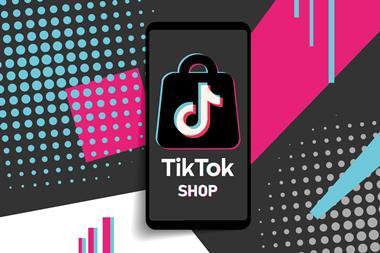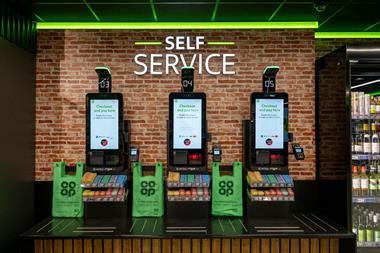A quick dash into M&S in Hammersmith yesterday certainly highlighted the point that customer expectations have been raised by the internet.
Poor merchandising made finding a fashionable cardigan difficult – and when a suitable style was discovered sizes and pricing were similarly awkward to uncover.
What made this whole process more annoying was that it would have taken a fraction of the time to find something suitable on the M&S web site and the sizes available and pricing (including for delivery) would have been crystal clear.
A Datamonitor report due out tomorrow will mirror this theme, arguing that retailers must examine and invest in technology to streamline the buying experience in stores, and bring it more in line with internet shopping. The great strides that have been made by retailers online with improved search, navigation and online merchandising mean that in many cases the online store has overtaken the physical one in terms of browsing experience.
It’s certainly no secret that many consumers research purchases online before going to stores to make a final selection and take their purchase away with them. But if a customer can’t find in store what they have chosen online then they feel let down by the multi-channel offer.
This was a theme mentioned by several retailers speaking at this week’s Internet Retailing conference. There was a tacit acceptance that more needs to be done to unify the information available to customers using multiple channels. However, the technology challenges and changes to business models that must be made for this to be possible are seen as a giant hurdle.
In particular, Tesco.com and Tesco Direct marketing director Kendra Banks admitted that there is work to be done to create better range and stock visibility across Tesco’s channels. While she was able to demonstrate simply on a powerpoint slide how Tesco’s homewares product ranges extend depending on whether you visit a superstore, Extra or the Tesco Direct web site, it’s not so simple for her customers.
At the moment, customers browsing on Tesco Direct can’t tell which of the products they will be able to find and buy in their local stores. At the same time, shoppers in stores can’t tell how much more choice they would have on the web site. Banks says that being able to make this information available is something Tesco desires.
Thinking further ahead, bricks and mortar retailers have further competition from the internet to face. Not only are online retailers leading the way with making products and product information easy to browse and find, but more are now working on personalisation strategies.
The journey that each customer takes through a web store to get to what they want will be shortened still. Even more will need to be done on the high street to keep up with this experience.


























No comments yet